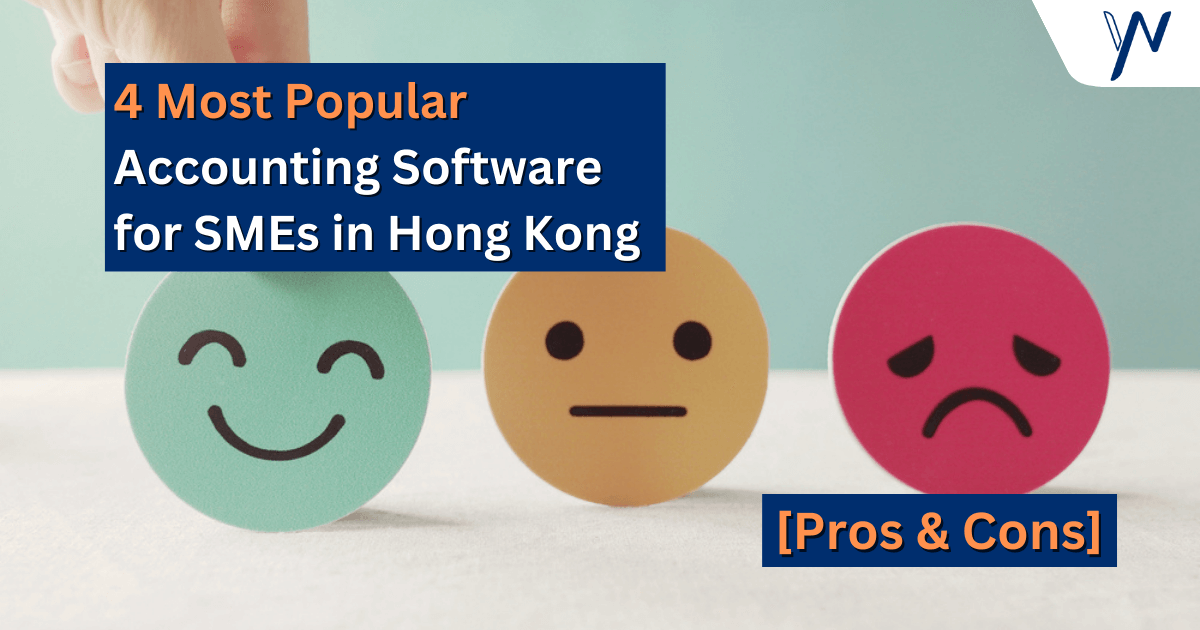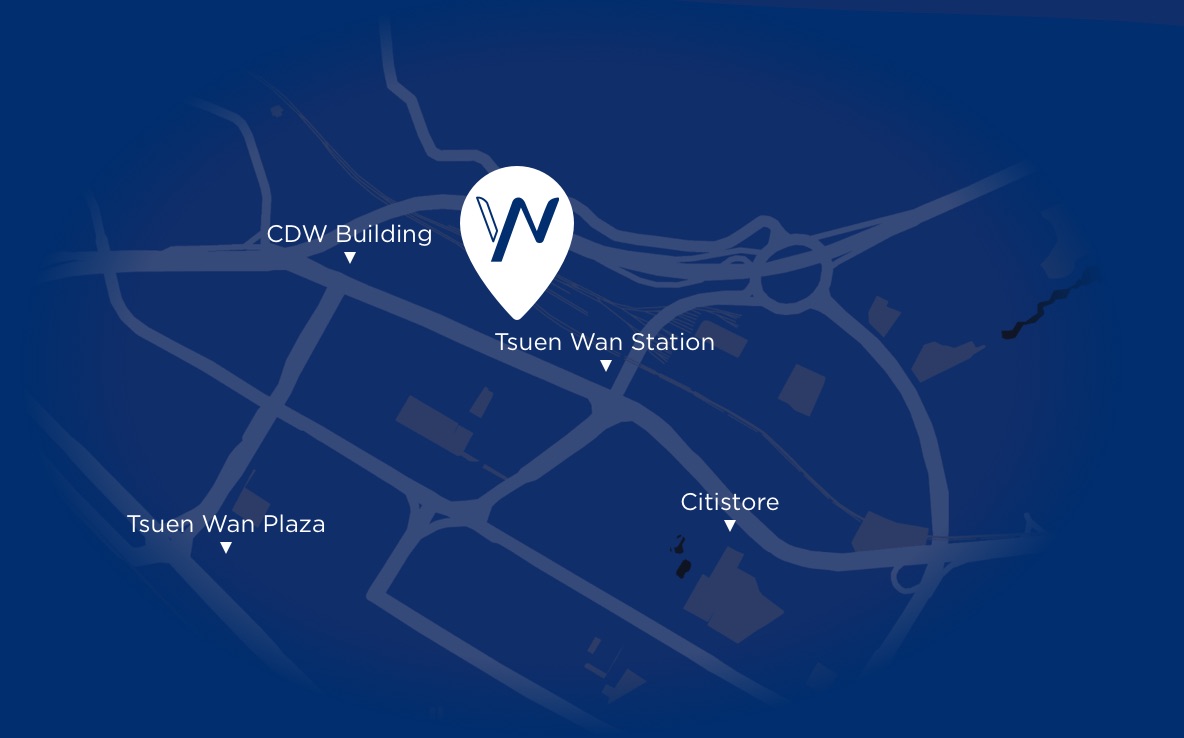As a business, choosing the right accounting software is a critical decision that should be tackled from as many angles as possible. To that end, hearing from the users themselves is a useful way to think about software the companies won’t tell you themselves.
In this article, we’ve scoured the internet for user reviews of the most popular accounting software used by small businesses in Hong Kong and around Asia Pacific and tried to list the most common praises and criticisms of each software. Keep in mind though, that in the end, these comments are a reflection of each person’s experience with the software, and it is important to choose based on the needs of your business and your experience level.
Xero
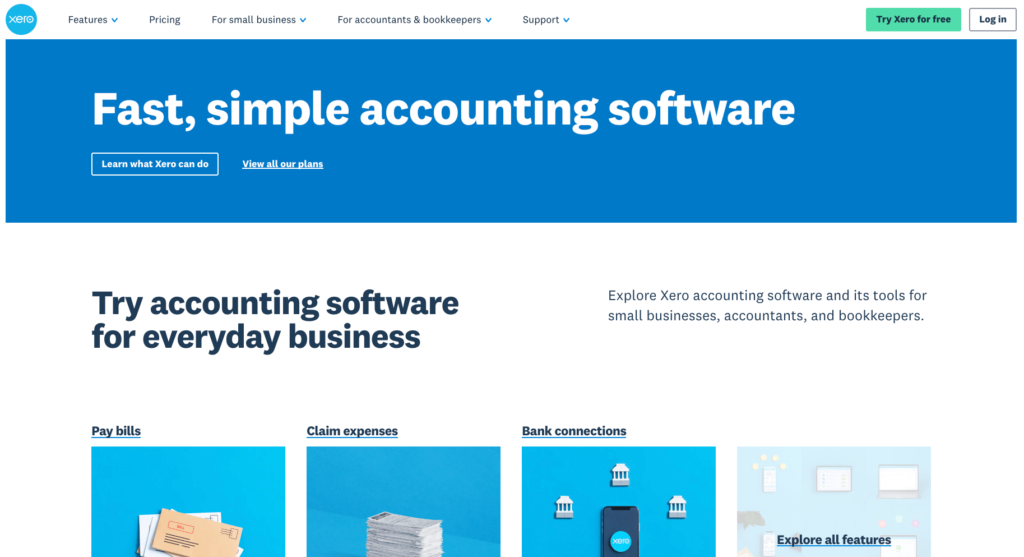
A growing contender from Australia, Xero’s cloud-based solution offers to modernize accounting for today’s startups. Xero offers a 30-day trial to get your feet wet and three subscription packages afterwards:
- Starter: US$29 per month
- Standard: US$46 per month
- Premium: US$62 per month
Pros
Access from anywhere: As a cloud-based platform, Xero gives you access to your financial data anytime, anywhere, as long as you have a stable internet connection.
User-friendly interface: Known for its intuitive and user-friendly interface, Xero’s clean and modern design makes it easy for users to navigate and find the information they need, especially helpful for business owners with no accounting background.
Automation features: Streamline your accounting processes with Xero’s automation features, including automatically importing bank transactions, reconciling accounts, generating recurring invoices, and sending payment reminders.
Large library of third-party integrations: Xero has a large ecosystem of third-party integrations, including payment processors, inventory management systems, CRM software, and more, allowing users to customize their accounting software to their business needs
Real-time financial reporting: Get real-time financial reports, including P&L statements, balance sheets, and cash flow statements from one platform, and even on your mobile device.
Cons
Requires a stable internet connection: The flip side to being a fully cloud software is that Xero needs a stable internet connection to function properly. This can leave some customers frustrated when their internet is spotty.
Rising subscription costs: Xero has increased their prices quite a bit in these past few years. A starter subscription in 2022 cost US$22, compared to their rate of US$29 in 2024, a marked 31% increase in price.
Unsatisfactory customer support: A common theme among posts on Xero’s Reddit page and their own community forums were complaints about Xero’s slow response times and unhelpful responses. Other users complained that Xero was consistently publishing half-baked features and ignoring customer suggestions for improvements.
Lack of support in Asia: Because Xero is still relatively new to the Asian market in 2024, they are not supported as well by local banks compared to other software. For example, there are no supported credit cards in Asia with direct Xero feeds.
Quickbooks
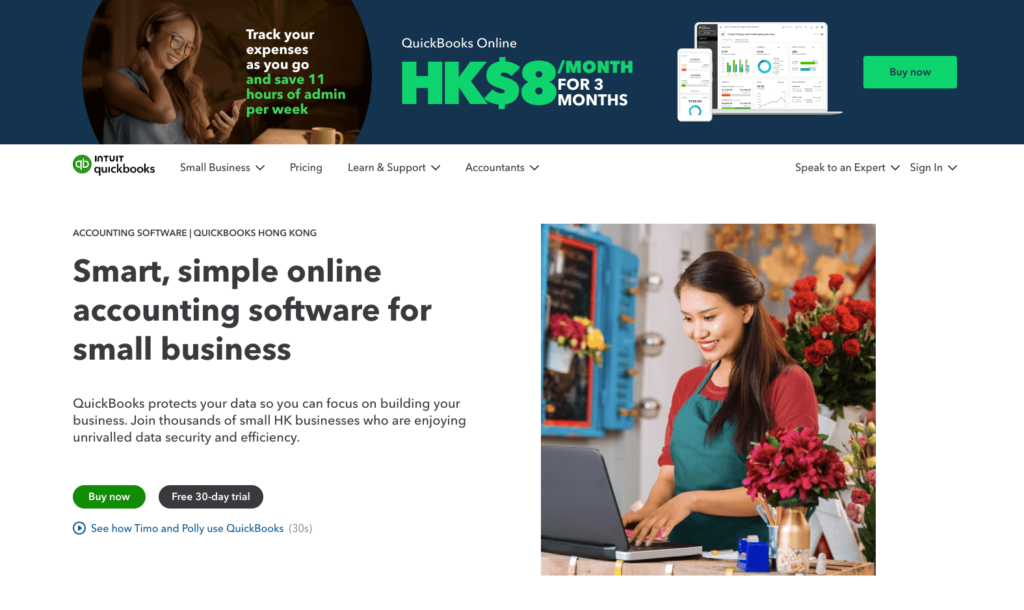
A hugely popular accounting software originating from the US, Quickbooks is slowly phasing out their stand-alone software Quickbooks Desktop and moving users to its cloud-based solution, Quickbooks Online. In Hong Kong, Quickbooks Online offers a 30-day free trial and three pricing subscriptions:
- Simple Start: HK$145 per month
- Essentials: HK$215 per month
- Plus: HK$295 per month
Pros
Easy to set up and use: Let’s users do everything from timekeeping to payroll, invoicing, taxes, expenses and reporting by themselves without too much hassle.
Template customization: Quickbooks allows full customization of their document templates such as the chart of accounts, invoices, and reports to suit a business’ needs.
Convenient: Users can synchronize their bank accounts, credit cards and client payments to their Quickbooks, saving time spent on data-entry.
Integration and compatibility: QuickBooks integrates with a wide range of other business applications and software, such as CRM systems, payment processors, time tracking tools, and inventory management systems. For example, in Hong Kong, Quickbooks allows direct connections to 4 of the largest banks, allowing users to get a full view of their account finances.
Note: Some integrations are region-locked, meaning that they might only work for US and Canadian versions of Quickbooks Online.
Cons
Rising subscription costs: Quickbooks has increased their prices over the years, more than doubling their Simple Start subscription fee, from HK$65 per month in 2022, to HK$145 per month in 2024. That said, as of the time of writing, they are offering a special 3-month promotion of $HK8 per month.
Poor customer support: Users on Quickbooks’ Official Reddit consistently complain that their issues often go unresolved, adding that the Customer Support UI seems designed to deter users from asking for help. Another issue specific to Hong Kong is that there is no Chinese-language support.
Steep learning curve: Despite having an intuitive UI, there is still a steep curve to learning how to use Quickbooks, especially for those with no previous accounting experience, adding to the initial commitment cost users have to make if they choose to use Quickbooks.
Getting locked in: Numerous users have reported getting locked in by Quickbooks by making user’s believe the cost to switch to an alternative is too high to bother.
Sage 50cloud
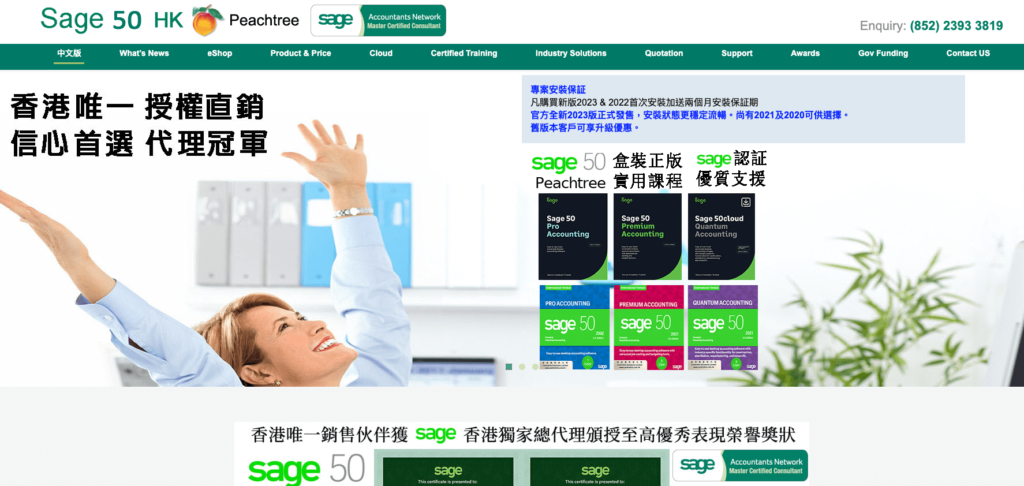
As one of the most long-standing brands of accounting software in Hong Kong, Sage50 has in recent years promoted its series of cloud-based solutions, Sage 50cloud for startups and small businesses.
For pricing information, contact Sage 50 or their distributor for a quotation.
Pros
Comprehensive features: Sage 50cloud comes with a wide array core features and add-ons vital to the daily operation of any business, including accounts payable and receivables, automated data entry, inventory management, payroll processing, financial reporting, etc.
User-friendly interface: Sage 50cloud’s interface is relatively easy to navigate, making it accessible for individuals with limited accounting knowledge or experience.
Customization options: Users can customize reports, layouts, and forms to meet specific business requirements. This flexibility enables businesses to generate personalized financial statements and documents tailored to their needs.
Integration capabilities: Sage 50 integrates with other third-party software like the Microsoft Office suite, Stripe payments, providing seamless data transfers and reducing manual data entry.
Cons
Difficult learning curve: While Sage 50cloud has a user-friendly interface, it still presents a learning challenge to those new to accounting software. Fortunately in Hong Kong, Sage 50 offers many localized seminars and training workshops to help address this issue.
Limited scalability: Sage 50cloud is primarily designed for small to medium-sized businesses, who may outgrow the capabilities of this accounting system down the line should they scale rapidly.
Long waits for customer support: Many frustrated users have reported waiting long periods for any assistance.
Cloud software limitations: Sage 50cloud lacks many features found on other cloud-native accounting software such as accessibility, and real-time collaboration.
ABSS (formerly MYOB)
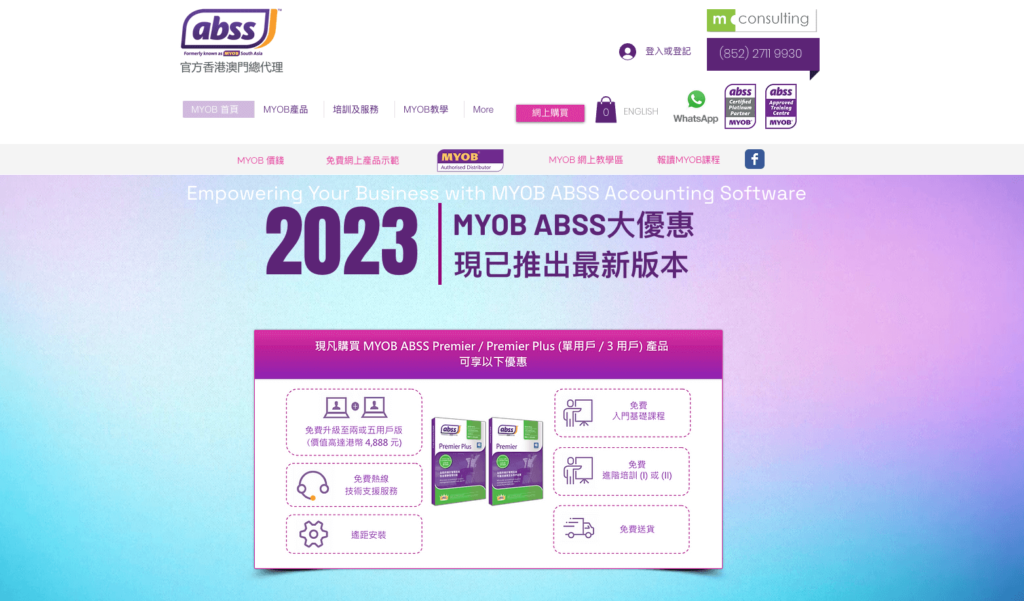
Made for businesses that require inventory management, ABSS is another well-known brand of accounting software in Hong Kong and Asia Pacific. Unlike the rest of this list, ABSS does not have a cloud solution, but was included for its popularity among Hong Kong small businesses in general. Prices start at HK$4188 for one account.
Pros
Streamlined bank feeds: Users can get real-time reports of their financial performance from the platform.
Strong payroll functionality: ABSS enables users to issue payslips and keep track of sick leaves, holiday pay, and personal leave accrual with ease and little to no errors.
Very stable and robust software: As one of the oldest existing brands of accounting software, ABSS boasts consistent performance with very little user complaints about bugs.
Cons
Outdated UI: The UI has changed very little over the years and looks dated.
Steep learning curve: Users without an accounting background have reported taking up to half a year to learn how to use the software.
Unsatisfactory customer support: Customer support tends to take a long time to respond, and when they do, they are reported to have very rudimentary knowledge of the product, and are unable to help with more complex client issues.
Conclusion
A common theme we encountered during research for this article was that despite the software companies creating user-friendly UIs, many users still found it challenging to learn how to use the software enough to manage their business’ finances, with many turning to hiring accountants to use their software in their stead. Hong Kong has many such accountants offering such services like Binery and Yau and Wong, allowing you to receive the full benefits of your accounting software without the stress or time commitment needed to learn the software yourself.



